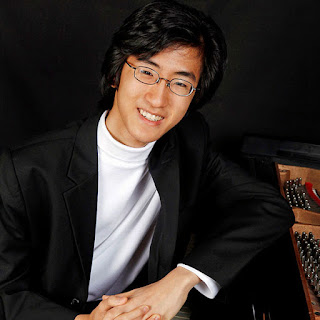Defying us delightfully to make sense of it, 'Shear Madness' opens the 2017 season at Beef & Boards Dinner Theatre

Mikey (in barber chair) and Nick (standing next to it) interrogate suspects Tony (from left), Barbara, Eleanor, and Eddie. My perverse response to "Shear Madness," the popular whodunit that opened Beef & Boards Dinner Theatre' s 2017 season Friday night, is that I was left with more questions about the murder victim than about the four suspects' talk and behavior. Isabel Czerny, a concert pianist who apparently was seeking to revive her career, lived upstairs from a hairstyling salon on Massachusetts Avenue. (The setting and dialogue of Paul Portner's long-running show are conventionally altered to localize each production.) Typical of the genre, one character is more blatantly put forward as a suspect than the others, but is usually not the perpetrator. I can't tell you if this convention was followed or violated on opening night, because the gimmick of "Shear Madness" is that the audience is brought into the investigation and votes at













